ELECTRIC PROPULSION SYSTEM
REGULUS-50-I2
A robust, versatile, and cost-effective propulsion system using iodine propellant
for smallsats and nanosat deployers.
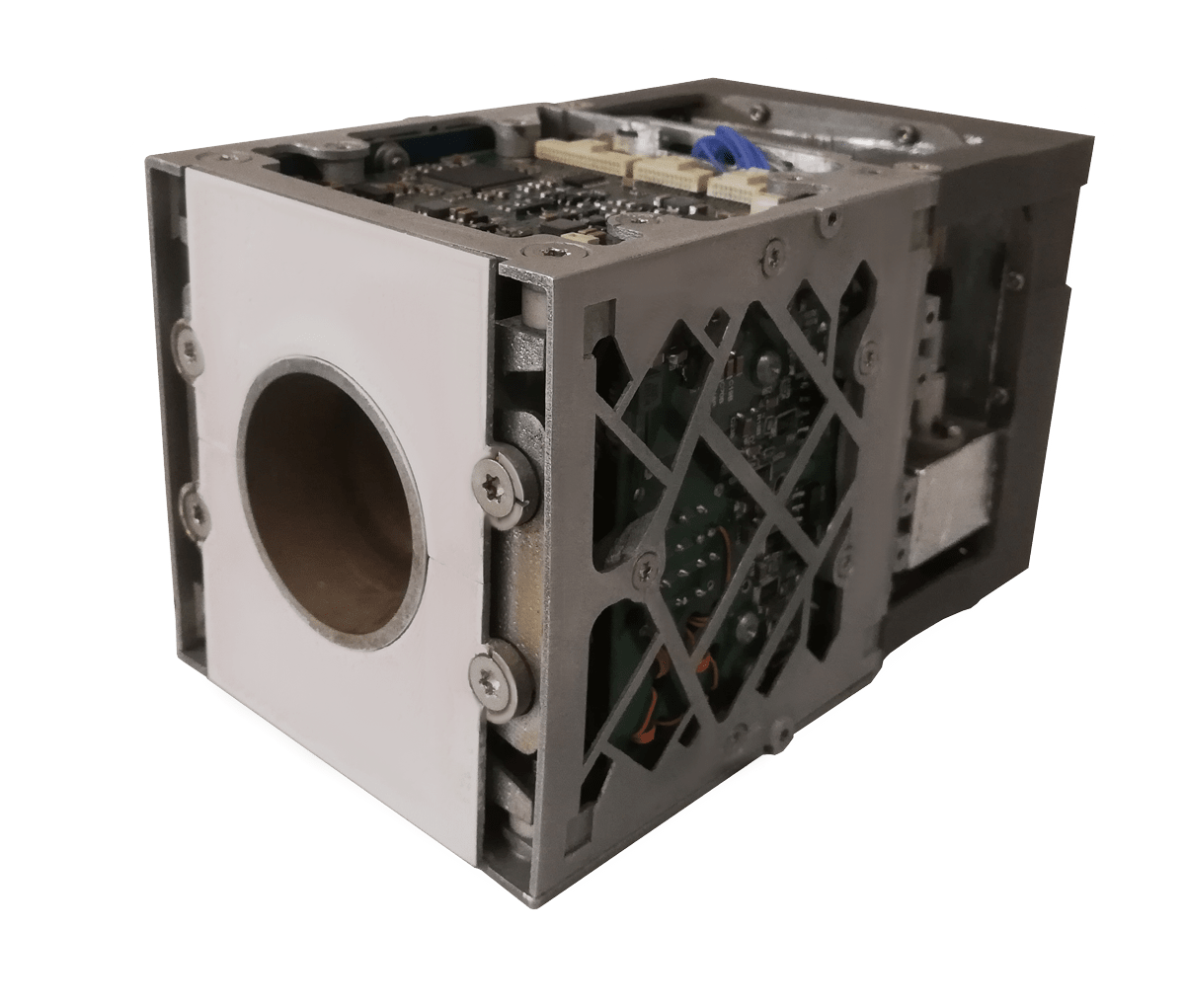
APPLICATIONS
REGULUS-50-I2 enables new mission scenarios and efficiently makes in-track maneuvers possible, compensates drag in VLEO and performs end-of-life operations.
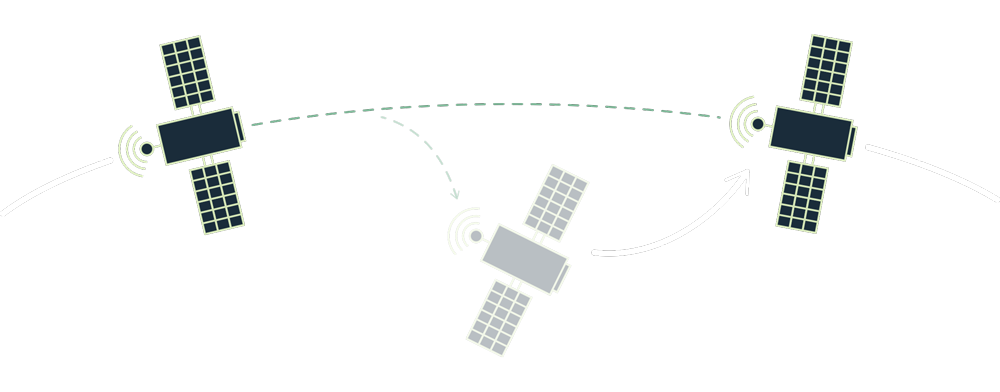
CONTINUOUS DRAG COMPENSATION
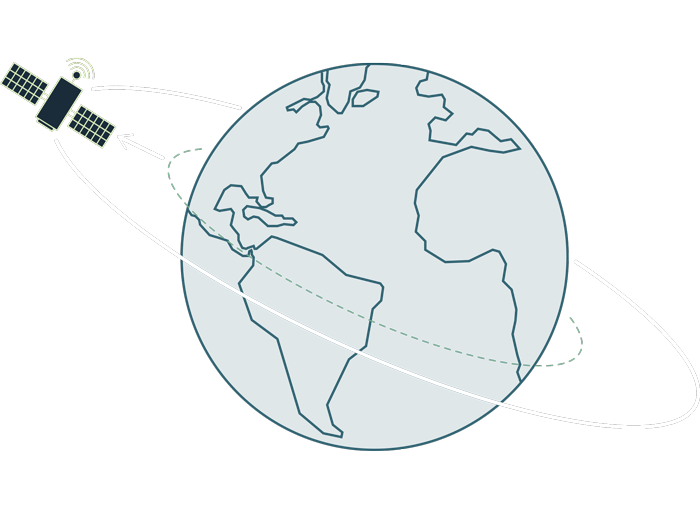
ALTITUDE CHANGES
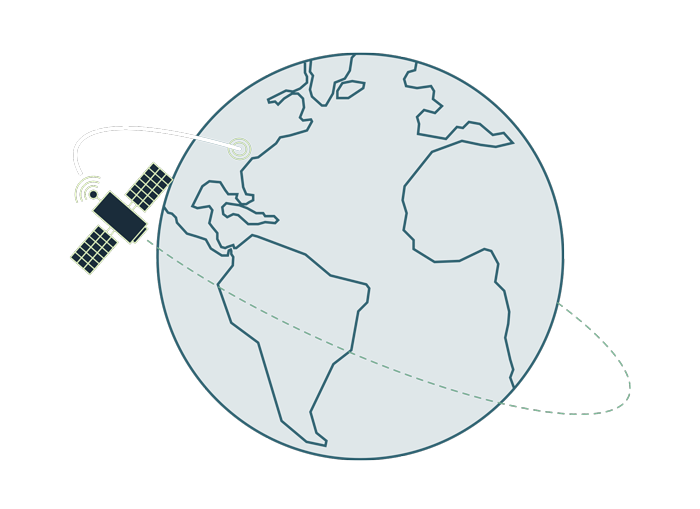
DECOMMISSIONING
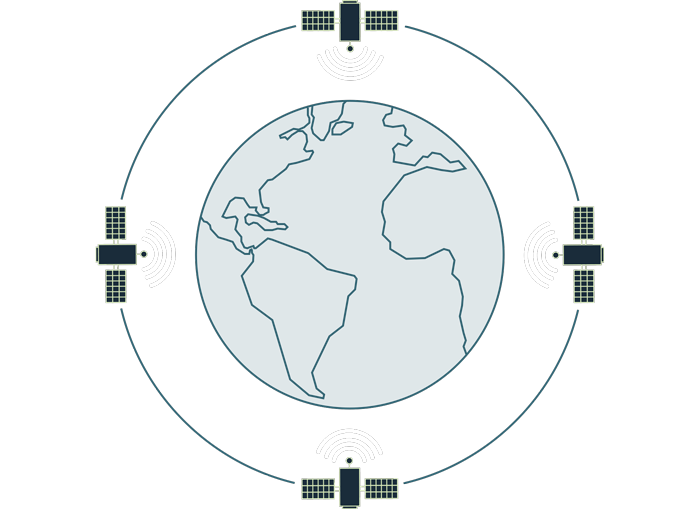
PHASING
STATION KEEPING
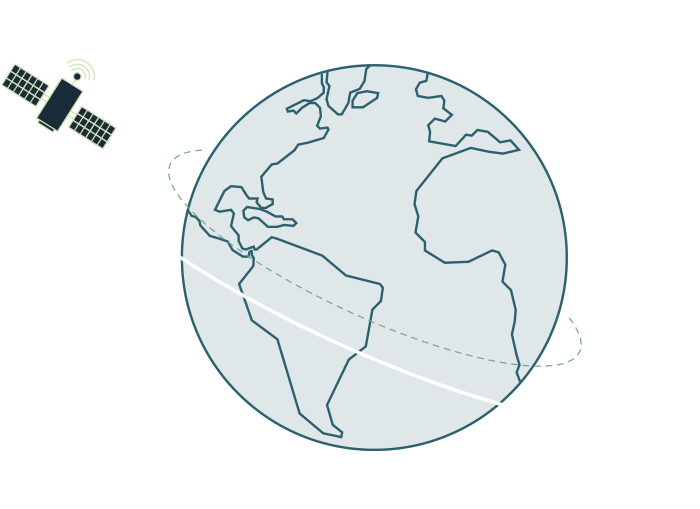
DE-ORBITING
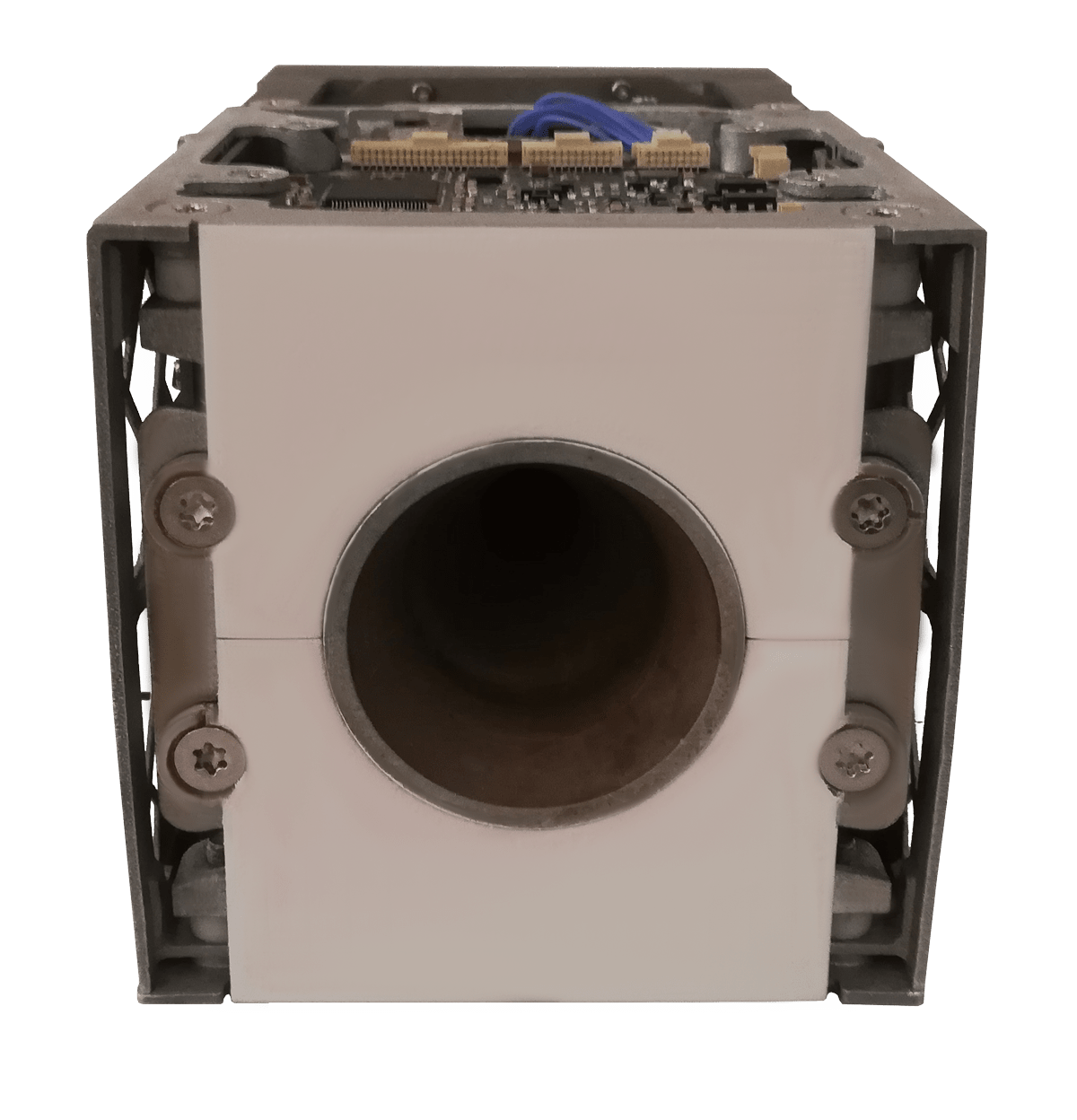
SMALL
3000 Ns
MEDIUM
7000 Ns
LARGE
11000 Ns
MAIN FEATURES
| Thrust | 0.25 – 0.65 mN (highly modulable, 0.55 mN @ 50 W) |
| Specific Impulse | Up to 650 s (550 s @ 50 W) |
| Input power | 30 – 60 W (50 W nominal) |
| Mass flow | 0.1 mg/s |
| Volume | 93.8 x 95.0 x 151.0 mm referred to a Total Impulse of 3000 Ns |
| Weight | 2.5 kg @ 3000 Ns |
| Electric Interface | 12 V DC regulated |
| Communications | Can-bus or I2C with CSP protocol |

